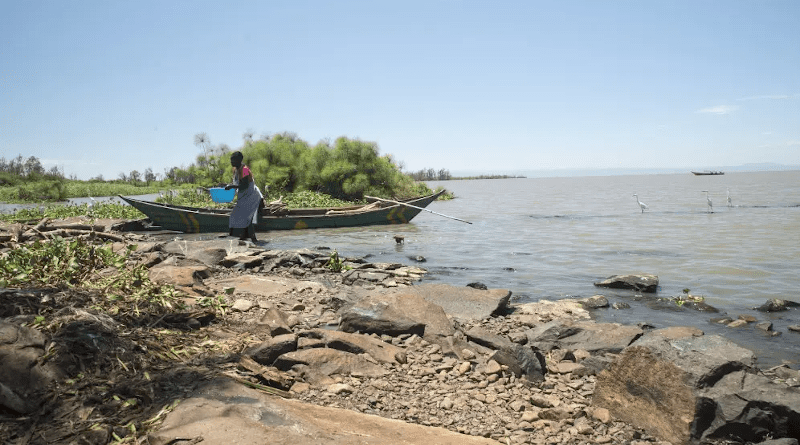Climate Change Plans ‘Fail To Tackle Invasive Species’
By Eldon Opiyo*
Countries are making little effort to link climate change adaptation plans with invasive species management, a study says, despite the potential financial benefits of doing so.
Climate change facilitates the spread and establishment of many invasive alien species — animals, plants or other organisms that are introduced into places outside their natural range — and creates new opportunities for them to flourish, according to the International Union for Conservation of Nature.
But the study, which involved a review of 48 policy documents and strategies in Ghana, Kenya, Pakistan and Zambia, identified both policy and capacity gaps in responding to the important links between climate action on mitigation and adaptation, invasive species management and biodiversity.
The Glasgow Climate Pact agreed at the UN climate summit COP26 last year requires countries to “revisit and strengthen” their 2030 targets by the end of 2022 to align them with the Paris Agreement’s temperature goals.
“As countries look to develop new biodiversity action plans, invasive species management plans, and submit enhanced climate actions [to meet Paris Agreement goals], there is an opportunity for more coordinated policy approaches and implementation strategies,” says Jonathan Casey, study author and climate change manager at CABI, theparent organisationofSciDev.Net.
Casey adds that the current lack of coordination undermines effective action, and can lead to duplication of activities, inefficient use of resources, and conflicts between different sectoral policy approaches.
A more coordinated response could provide excellent opportunities for locally-led action and decentralised governance, and potentially boost funding for tackling invasive species, says the study published in the journal CABI Agriculture and Bioscience.
According to the study, while there are fairly strong policy responses to climate change, invasive species and biodiversity, policies are mostly crafted and enacted separately, with little consideration of the links between these issues and the opportunities for strengthening implementation across the policy areas.
Casey says that his findings are in line with those of the recent Sixth Assessment Report on climate adaptation by the Intergovernmental Panel on Climate Change (IPCC), which highlights the deep interconnections between climate and biodiversity.
Kenneth Kemucie Mwangi, climate monitoring and early warning expert with the Intergovernmental Authority on Development’s Climate Prediction and Applications Centre in Kenya, says that many countries and sectors address the impacts of climate change — pest and disease invasion, droughts, floods — as isolated environmental challenges before recognising climate change as one of the causes of the challenges.
“Policies [over] years have been created in isolation, addressing the symptoms but not the cause. Climate change national adaptation plans are, however, being revised to have sectors such as biodiversity, agriculture, energy, water included,” Mwangi tells SciDev.Net.
Mwangi believes that the implementation of the national climate change funds, as an adaptation tool that is integrated in a country’s fiscal planning, could lead to centralised coordination even though certain interventions may be prioritised over others.
Innocent Ngare, research fellow in climate education and urbanism at the School of Environmental Studies at Kenya’s Kenyatta University, says that while there are efforts to address climate change shocks through national adaption plans, little is done to include the dangers of invasivespecies.
“As invasives check in and spread, the worst-case scenario is exposure of food crops to more climate shocks if invasives weaken them further. Productivity will plunge by 30 per cent and could deepen further in the next decade,” Ngare explains. “Every country should gear towards having critical invasive species control pathways linked to climate change.”
*Dan Eldon Opiyo is a hardworking and creative minded man with great interest in science journalism. He is a Kenyan journalist contributing to SciDev.Net’s Sub-Saharan Africa English Edition having ventured into journalism in November 2016.
This piece was produced by SciDev.Net’s Sub-Saharan Africa English desk.

